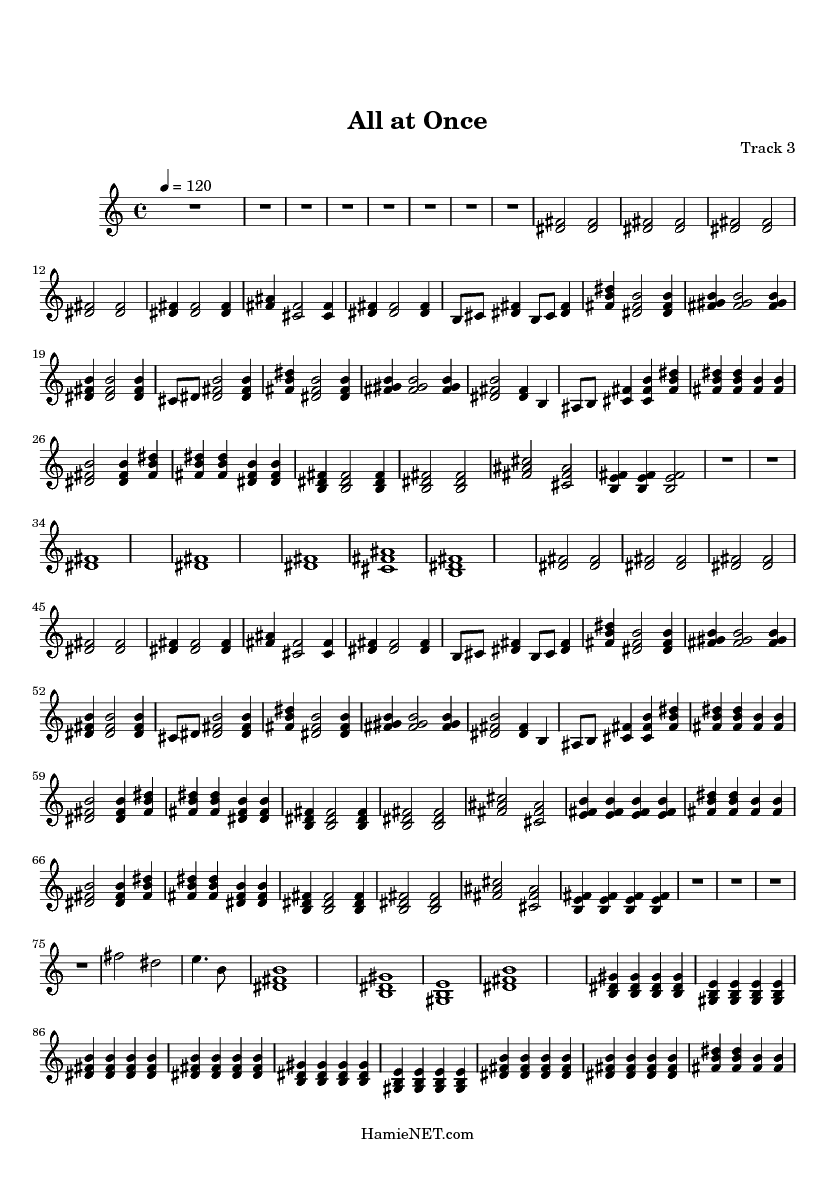
- ONCE AND FOR ALL PIANO CHORDS HOW TO
- ONCE AND FOR ALL PIANO CHORDS PLUS
- ONCE AND FOR ALL PIANO CHORDS SERIES
ONCE AND FOR ALL PIANO CHORDS HOW TO
Knowing how to understand piano chords is a foundational lesson when learning piano, and the different piano chords can do a lot to affect the sound you emit when playing. While this is a foreign concept to many beginning pianists, for those playing pop, rock, jazz, and folk tunes, learning piano chords is essential to playing and performing music. Wondering what those are? These details on your sheet music are piano chords. Be sure to learn them in visual order which will make it even easier to cement these important chords inside your mind permanently.If you’re new to reading music, one of the first things that may hinder your path to success are those small letters that appear above the staff on sheet music. You’ll go far beyond this once you actually do know your Major Chords.
ONCE AND FOR ALL PIANO CHORDS PLUS
The Tetrachord Plus Pattern is an easy to use tool for beginners who don’t quite have their Major Chords down yet.

Here’s some good news: You won’t even need to go through this pattern once you’ve learned all 12 Major chords! This is a simple learning tool that you only use when you’re learning your Major chords. Although the combination of black and white keys are different in other keys, you can still use all five fingers to play the pattern.Īlso, just a quick note: You can also use your left hand with this exercise and the only difference would be the finger order would be reversed. You can find the root Major chord of any Major key by using this pattern. By executing this movement, you’re not just going through the motions of finding a major chord, you’re giving your fingers an education in intervals. You now have a Major chord under your fingers. This will be your thumb, middle finger, and pinky.

The simplest way to play the tetrachord plus pattern is to reach out with one hand (let’s use the right hand) and play it with all five fingers melodically.

Using C as an example of the tetrachord plus pattern:Īs you can see from the example of the F tetrachord plus pattern, you can have combinations of white and black keys. The “Plus” refers to adding a whole step at the end of the pattern. The same rule applies in respect to black and white keys as with half steps.Ī simple tetrachord pattern consists of the following: It doesn’t matter if the keys involved are black, white, or a combination of both.Ī whole step is the distance from one key to the next with one key in between them.

An interval is just the distance between notes.Ī half step is the distance from one key to the very next with no key in between them. In order to build a tetrachord, you need to understand the concept of half steps and whole steps which are among the smallest intervals in music. In ancient Greek it literally means four strings. It actually spans the interval of a perfect fourth.
ONCE AND FOR ALL PIANO CHORDS SERIES
Introducing: the “Tetrachord Plus Pattern”Ī simple tetrachord by itself is a series of four notes separated by three smaller intervals.


 0 kommentar(er)
0 kommentar(er)
